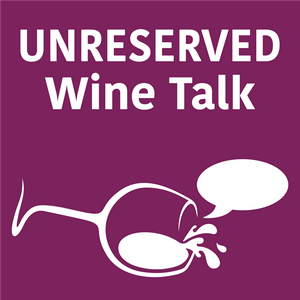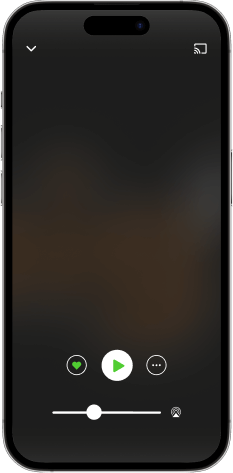361: How Can Carbon Offsetting Claims in the Wine Industry Be a Form of Greenwashing?
How can carbon offsetting claims in the wine industry be a form of greenwashing? How does the natural fermentation process in winemaking create one of the most concentrated sources of CO₂ emissions in any industry? Can yeast selection and fermentation techniques make winemaking more sustainable? In this episode of the Unreserved Wine Talk podcast, I'm chatting with Andrew Neather & Jane Masters. You can find the wines we discussed at https://www.nataliemaclean.com/winepicks. Giveaway Two of you are going to win a copy of Andrew Neather & Jane Masters' terrific new book, Rooted in Change: The Stories Behind Sustainable Wine. To qualify, all you have to do is email me at
[email protected] and let me know that you've posted a review of the podcast. I'll choose two people randomly from those who contact me. Good luck! Highlights How is the Familia Torres winery treating CO₂ as a resource instead of waste? How are yeast choices and co-inoculation helping winemakers reduce energy use? Why are some wineries implementing modern updates of old, low-tech winemaking techniques? How are importers and producers utilizing rail and sea transport to reduce their carbon footprint? What can the Nordic wine monopoly, Systembolaget, teach the rest of the world about sustainable practices? How does greenwashing appear in wine marketing, and why should consumers be wary of carbon offsetting claims? Which certifications and labels can wine lovers actually trust when choosing bottles? How does social sustainability, from fair wages to housing, shape the future of responsible winemaking? How do these issues of climate change and sustainability affect people's lives beyond the vineyards? Key Takeaways How can carbon offsetting claims in the wine industry be a form of greenwashing? For a consumer, I would be suspicious of anyone who is using carbon offsetting to claim they're carbon neutral. The company will pay for trees to be planted, low-energy lightbulbs or stoves in the developing world. it's fine if it actually adds to capacity. The tree planting, it's highly questionable how much good it does. it's really better for a company to ask themselves, how can we reduce our carbon emissions? How does the natural fermentation process in winemaking create one of the most concentrated sources of CO₂ emissions in any industry? The yeast carries out the alcoholic fermentation. So as they do that, they're metabolizing the sugar, creating ethanol, which is alcohol, creating a load of heat and carbon dioxide. The thing about wine is that the emissions that come out of the top of a wine tank are the most concentrated CO2 emissions of any industry at all. Can yeast selection and fermentation techniques make winemaking more sustainable? Yeasts have been selected over years for certain traits, such as particular flavors, producing less compounds such as acetic acid, which we call volatile acidity. At the end of the day, sustainability also includes economic sustainability, so we need to maximize everything that we've grown in the field to get the best possible quality wine. About Jane Masters and Andrew Neather Jane Masters became a Master of Wine in 1997 and was elected as Chairman of the Institute of Masters of Wine in September 2016. She is an independent wine consultant with over 30 years of experience and clients around the world as well as working with the Majestic Wine Grp in UK. She has also filmed several wine shows and written sections for Jancis Robinson's Oxford Companion to Wine and Wine Opus. Andrew Neather is a freelance British journalist. A former academic historian, environmental campaigner, political speechwriter and newspaper journalist, he was the London Evening Standard's wine critic, 2005-15. He now blogs weekly on wine and food at A View from my Table, writes a regular column for Tim Atkin MW's website, and has contributed to publications including The Independent, Harpers and Club Oenologique. To learn more, visit https://www.nataliemaclean.com/361.


